8 Tips for Writing Perfect Product Descrptions
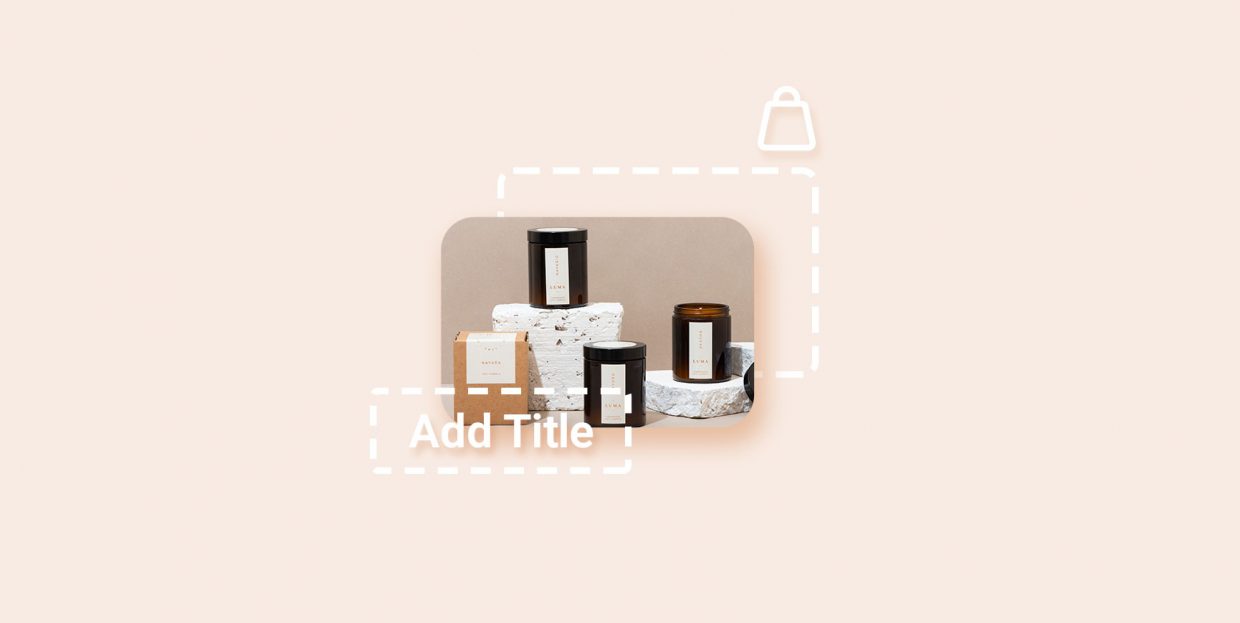
With WordPress, anyone can make a website, and setting up an online store with WooCommerce is about as easy as easy gets. But what next? Getting people to buy things from you, that‘s what. There is a lot we can say about creating perfect product images, and, while images are very enticing, you should not neglect the textual content of your store. A product description is where your customer will go for more information on a product they are interested in, and that‘s what will ultimately sway them.
In this article, we will attempt to do just that: show you how to write a product description that sells. But before we get into the gory details, there‘s one thing you should know: while there are product description generators and product description templates to be found online, there is currently no real substitute for custom, specific product descriptions, and therefore no hard and fast rules. We will be providing you with a tool kit, a set of guidelines, rather than a list of musts.
First things first, though: what is a product description, really? Once we answer that, we‘ll get right down to business. Here‘s what we‘ll be talking about:

In the simplest of terms, a product description is marketing copy which explains what the product in question is. Alongside the descriptive part of the text, a product description typically contains promotional text as well. Looking at your website from the perspective of your target customers, it is near the middle of the sales funnel model of their journey. If put together well, it will answer these questions for your prospects in an engaging and entertaining way:
-
What is this product?
-
Why would I want it?
-
Why is it better than the competition?

A product description is and will remain an SEO tool so long as query submitters continue submitting textual queries. It is, therefore, a good opportunity to load your pages with keywords. Be careful not to overdo it, though: describing your products in detail using generic terms can lead to keyword cannibalization. Don‘t forget it can possibly be perceived by a search engine algorithm as overoptimization and penalised.
It is not primarily about SEO, though: a good product description can make all the difference to a real person, too: when written well, a product description will give enough information and the right kind of information to a potential shopper. You hooked them with a product image, and they want to know more before spending any actual cash. Your next move is to reel them in with a persuasive product description. The object is to turn a prospect into a paying customer, and this article is all about how to do it right.
With that in mind, let‘s get into the details of the tips themselves.
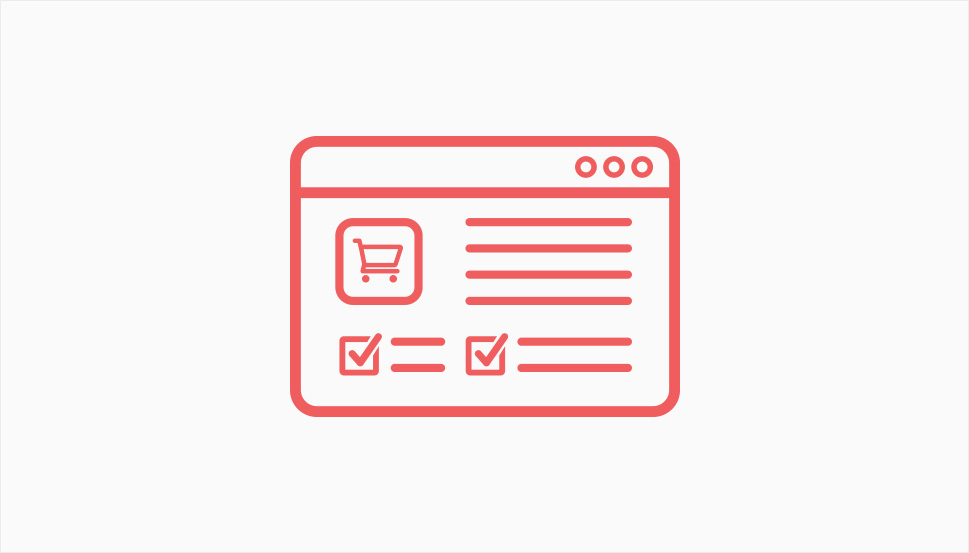
Look at your copy from the perspective of your ideal buyer. Always have in mind whom your product is for: the copy should also address them. Using a lot of generic terms may be dense with information, but it gives your prospects nothing special to go on.
Think, instead, of the kind of language you would use if you were addressing a person in a store and address them through your copy accordingly. The language you use should be informed by your customer demographic, but also the type of the product you‘re selling. Even a very young, very laid back person will rightly expect very dry and formal language from a bank, for instance.
Whatever your brand‘s style is, though, remember that, in an online store, you are handling other people‘s money and administrating their purchases. Even if your communication style is generally very informal, it is probably best to tone it down a notch when you mean business – just to show them you mean business. Your style in communication should represent your brand and what your potential customer expects from you, and that extends to your product descriptions.

The more specific your idea of an ideal shopper (or customer persona) is, the more likely you are to guess what they want from your product. Use this information to choose which features you want to highlight for which kind of shopper or store.
Say you are selling art supplies. If you are catering to hardcore hobbyists or even professionals, you‘ll likely emphasize the quality of your stock. If you are primarily selling to art schools in bulk, perhaps a low price per unit is your salient feature. Finger paints for toddlers? Your shoppers might be uncommonly interested whether they are allergen-free. A very different kind of shopper might care a great deal whether your brushes are using natural or artificial fibres.
As a rule, if you are selling multiple products of the same type, it is good practice to lay out the common features as bullets or in a handy table, and concentrate on the qualities of individual products in the rest of the product description copy.

So far, we‘ve been discussing features. Features are important details, but good copy also takes benefits into account. The difference between the two is not always clear, but here‘s a rule of thumb: features are objective, while benefits are subjective.
For example, say you are selling gift wrapping paper. Its features are dimensions, weight, design, and the source of raw materials. The benefits? Say, “designed by local artists”, or “made from sustainably grown wood“. Now, a regular shopper might just want to wrap a gift, but they might care more (or spend more) if they feel they are supporting a local artist or if your product is environmentally friendly.
You still need to take our first tip into account. Shoppers of highly specific, especially technical goods such as computers will likely care most about hard numbers and technical details: features, rather than benefits.

Another way to appeal to your prospects‘ imagination is the choice of words. Most style guides will tell you that adjectives often confer no meaning, and that is true in a sense. But adjectives have an evocative quality which goes beyond mere fluff. It is all about the experience.
Your shoppers have the product title to tell them what the product is. They have the product image to tell them what your product looks like. Use sensory words to convey how the product feels to the touch, how it smells, how it sounds. Your customers can‘t reach through the screens to touch your wares. They rely on your copy to convey the impression.
Do your bespoke dresses feel light as fairy wings against the skin? Do your craft ales smell citrusy or floral? How satisfying is the crunch of snow under your winter boots?
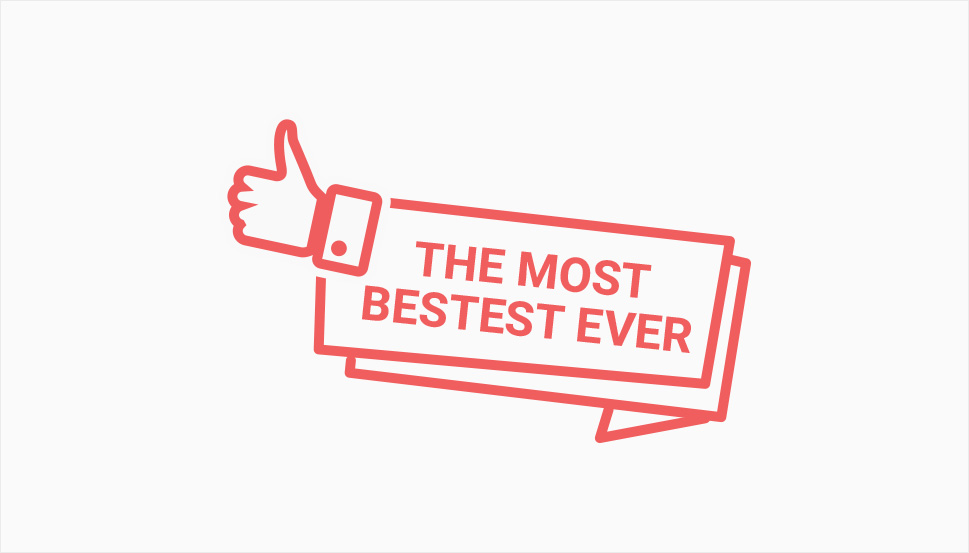
In order for your product description to be truly useful to a potential customer, it has to come across as at least plausible, if not literally true. Some embellishment, in other words, is expected. However, chucking in any superlative you can think of is bound to sound unjustifiably boastful.
Of course, if your product is the best in its category by a certain metric, flaunt it, but make any superlative claim specific and support any claim with substantial evidence. You don‘t need to take this too strictly when it comes to matters of taste – perhaps your soft drinks really are the tastiest ever. At least to some people. There is no way to disprove that claim, and no one will take it at face value. But if you are making a measurable claim, it needs to stand scrutiny.
In other words, don‘t ever overpromise. Your customers will trust you more if you can hold you to your words.
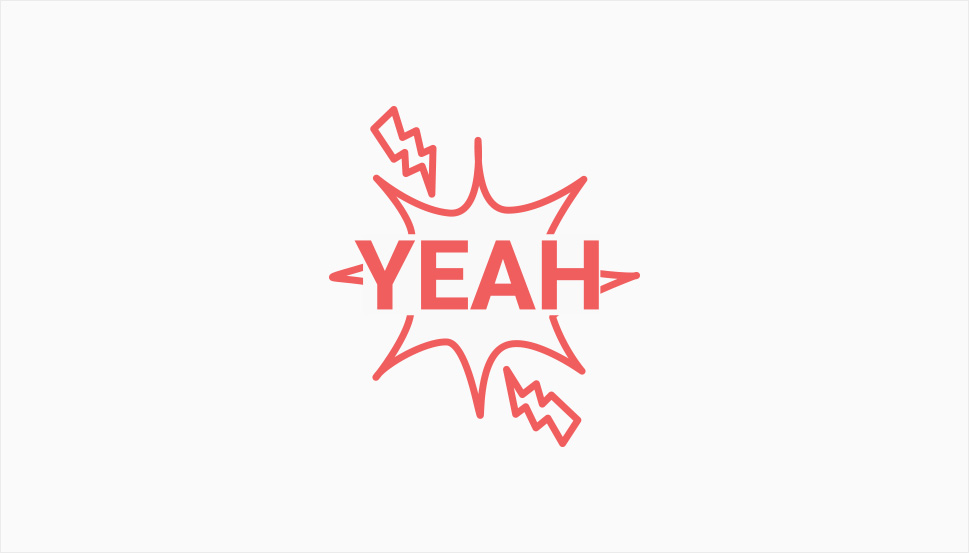
Sometimes, you are stuck for a word, and are tempted to reach out for clichés and meaningless phrases to pad out the text. Resist this temptation.
At the best of times, your potential shopper will read the description in full. How useful do you think they will find a phrase such as “good quality“ or “excellent design“? These phrases are often called “yeah, yeah“ phrases. “Yeah, yeah“, says your potential customer, “they wouldn‘t say the product is poorly designed and low-quality even if it were.“
Stick to the specifics instead: why would your ideal buyer want this particular product? There must be useful or interesting information you can offer instead of a hollow phrase.
If you are using mini-stories to paint a prettier mental image for your customers, this is where clichés are likely to creep in. Don‘t waste your prospects‘ time on empty words: concentrate on telling them a story about your product‘s development, or the team or inspiration behind it.

Your customers are not stupid. As discussed above, they know nobody is going to market their own product as low-quality, average-at-best junk. They know you are using your copy to present your products in the best possible light. One way of addressing this issue is to use somebody else‘s copy: make your customers’ own words work for you.
A feature displaying user reviews, recommendations, or client testimonials might lend more credence to any claim you may be making. Again, your customers will know that you are using your customers‘ impressions to make yourself look good in the eyes of others. Learning that somebody else has had a good experience with your products or services will still carry more weight, even if it is coming from you.
You can also use hashtags and social media feeds to reinforce the claim that your products are popular with real, live people, and not just the copywriters whose job it is to sell them.
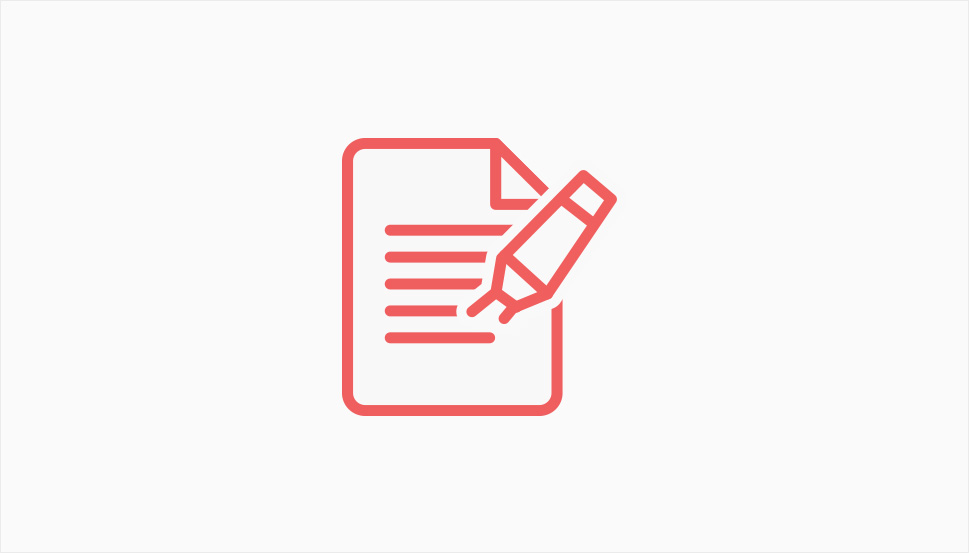
As we‘ve mentioned before, ideally, your customer will read all you have to say. We know from sad experience that circumstances in life are, regrettably, often less than ideal. We do encourage you to expend a lot of effort to make sure your customer has access to all the useful information and all the fun extra details, too. Nevertheless, we recommend making the most important information available at a glance.
People are often in a hurry, looking for a product they need immediately or are unwilling to invest time into researching it. You may also be dealing with generally well-informed individuals who already know what they want.
This is what scannable content is all about. For a more in-depth treatment of the topic, we suggest you consult the article linked – it is useful for much more than just product descriptions. We will limit ourselves to outlining the most important features of scannable content here: be brief, but deliver information, use bullet points and tables where appropriate, use highlights, bold text, and subheadings and make them relevant, and, above all, write for humans first.
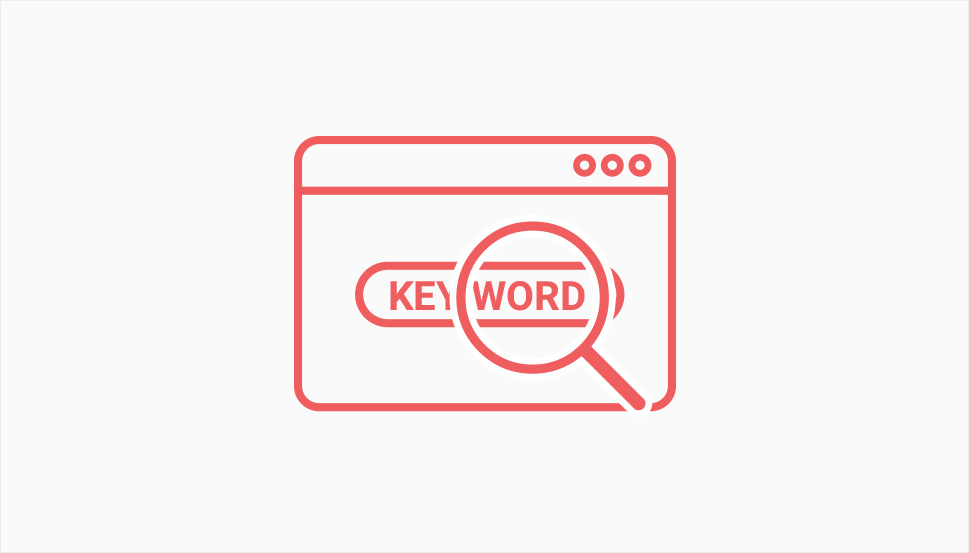
Optimizing for people comes first, but optimizing for search engines should come next. First, do your keyword research. Find out what your potential buyers are looking for, and address it in your product description. Specifically, find out what terms your ideal buyer is likely to use alongside a product name or type, and include them in your product description.
While doing so, be mindful of the fact that actual flesh and blood people are going to be reading your copy. This means that you need to avoid it looking like you‘re stuffing your product description with keywords. You should avoid this at all costs: your keywords should be helpful to humans and machines alike.
In Conclusion
We will reiterate here something we pointed out in the introduction to this article: this is not a set of hard and fast rules you absolutely need to follow to the letter. This article is a set of guidelines, tools and a few examples to help you in writing product descriptions for your online store. What tools you use and what advice works for you will obviously depend on factors such as your stock, your communication style, the expectations and habits of your potential shoppers and more. A lot of it is unpredictable and difficult to generalise, but some commonalities do arise. We hope we have given you a little food for thought at the very least.
And as you can clearly tell, there is a lot to think about when composing product descriptions for your online store. If we could boil it down to one sentence…we would. Except that would neither be very informative nor SEO friendly. But, in a nutshell, the point is: make your product descriptions informative, engaging, as fun as appropriate, and easily legible by both humans and search engine bots. Your shoppers will thank you for being helpful, consistent, and professional.



